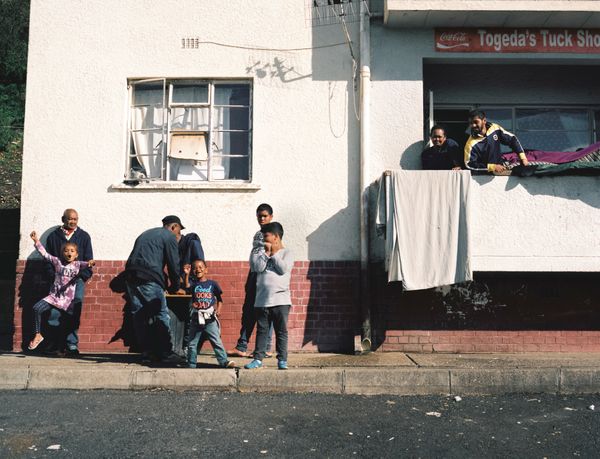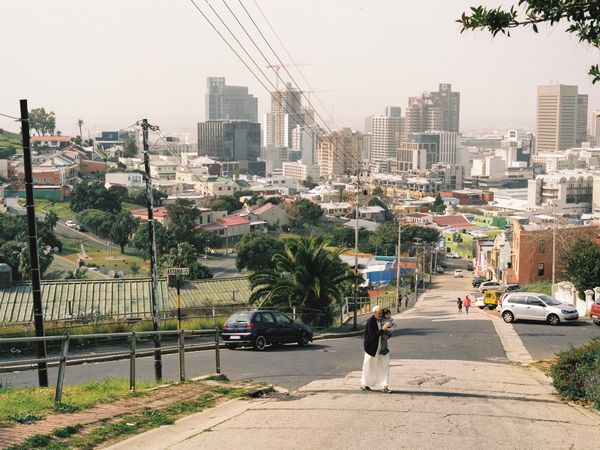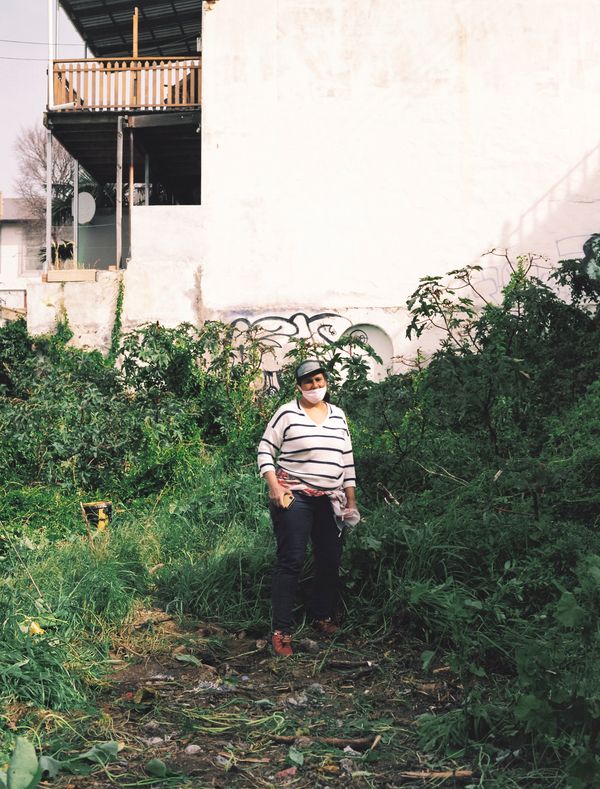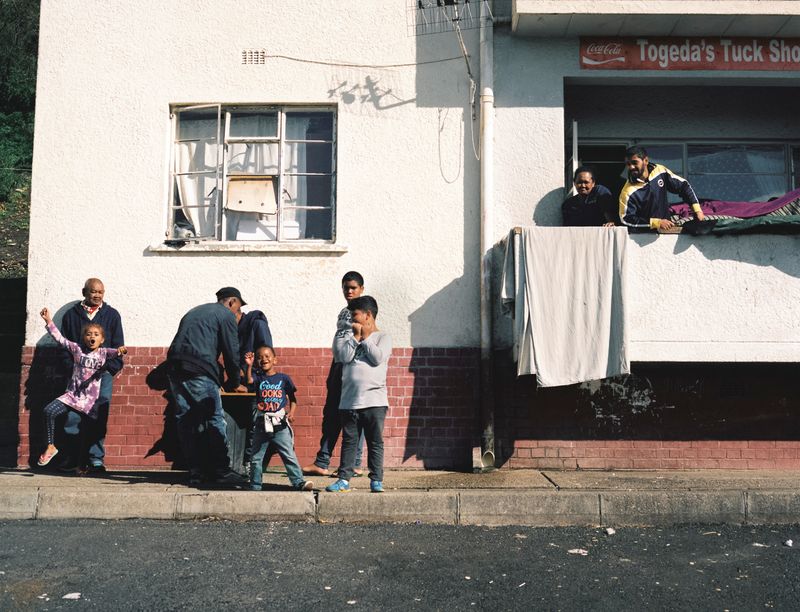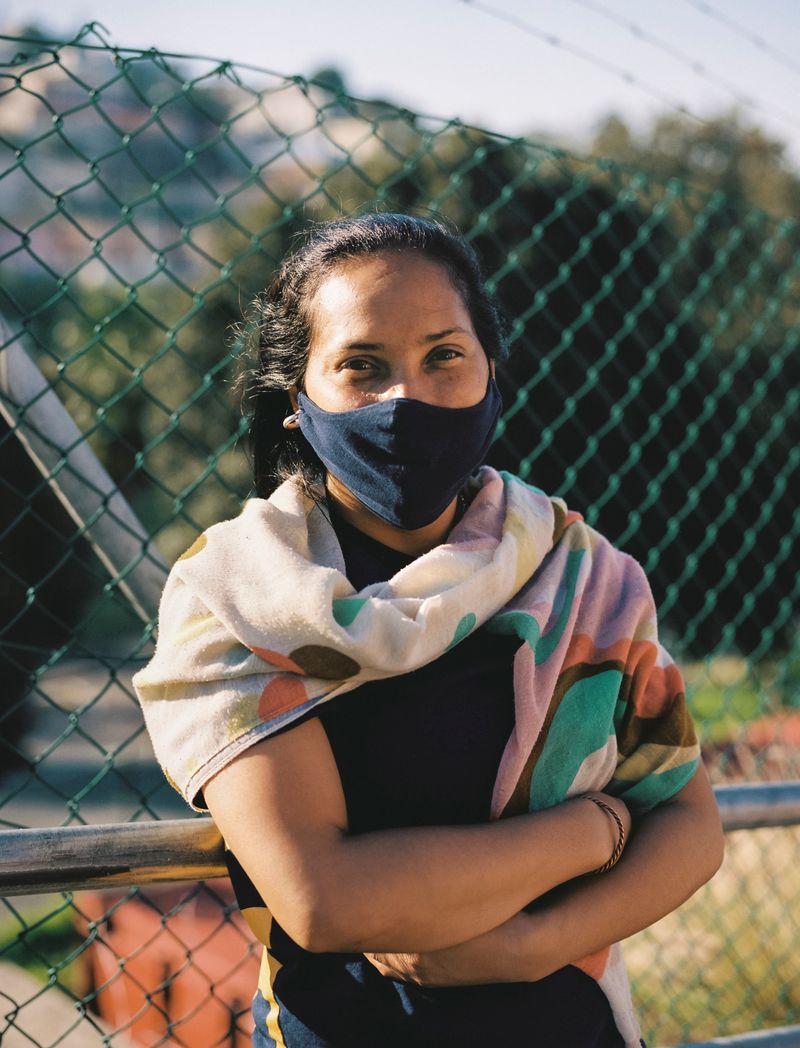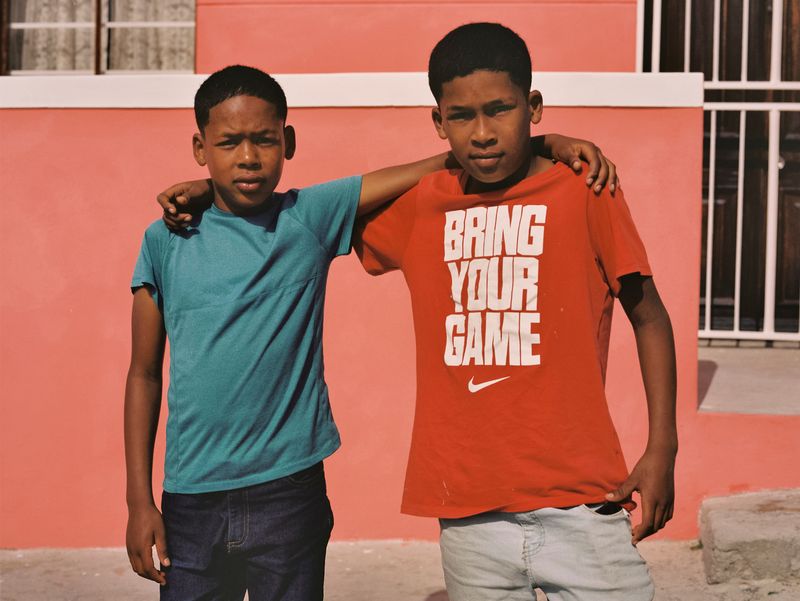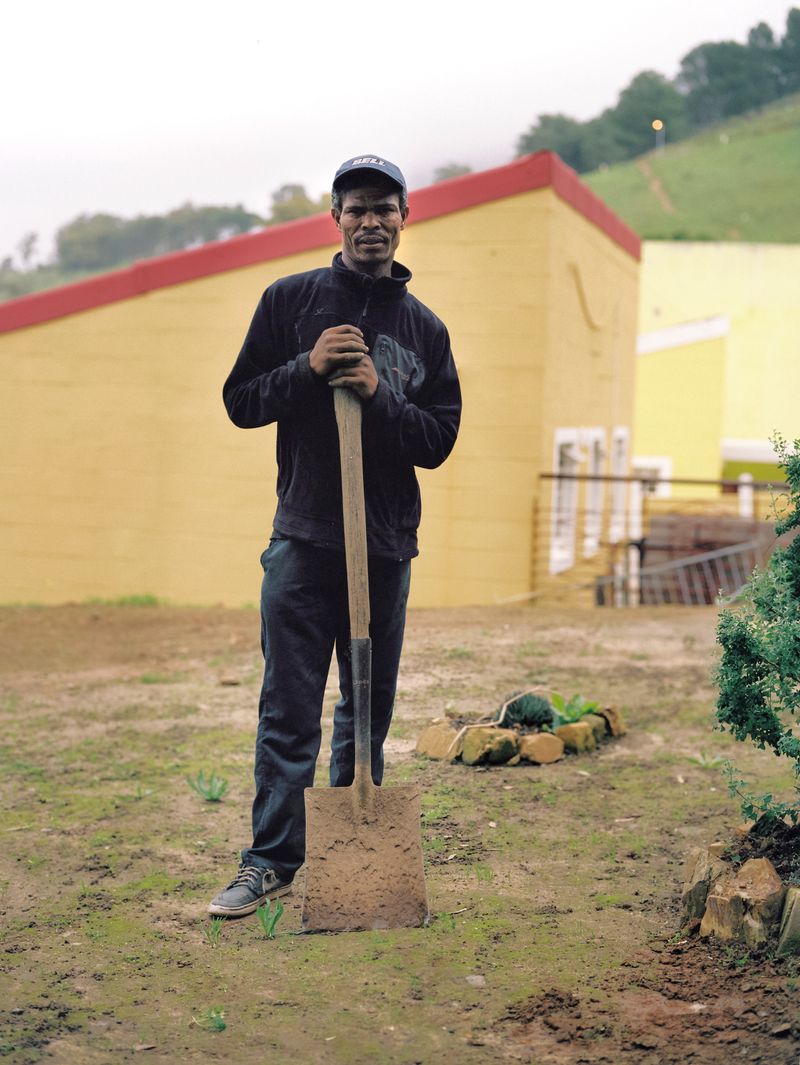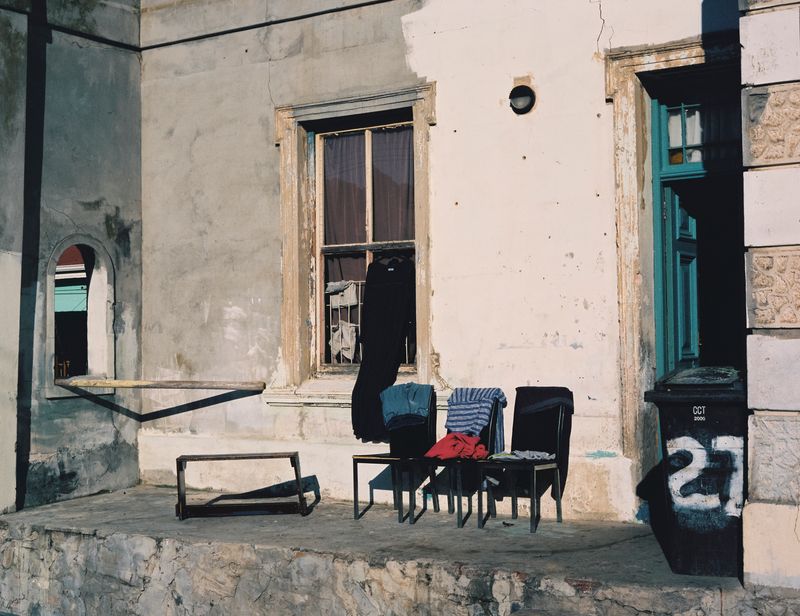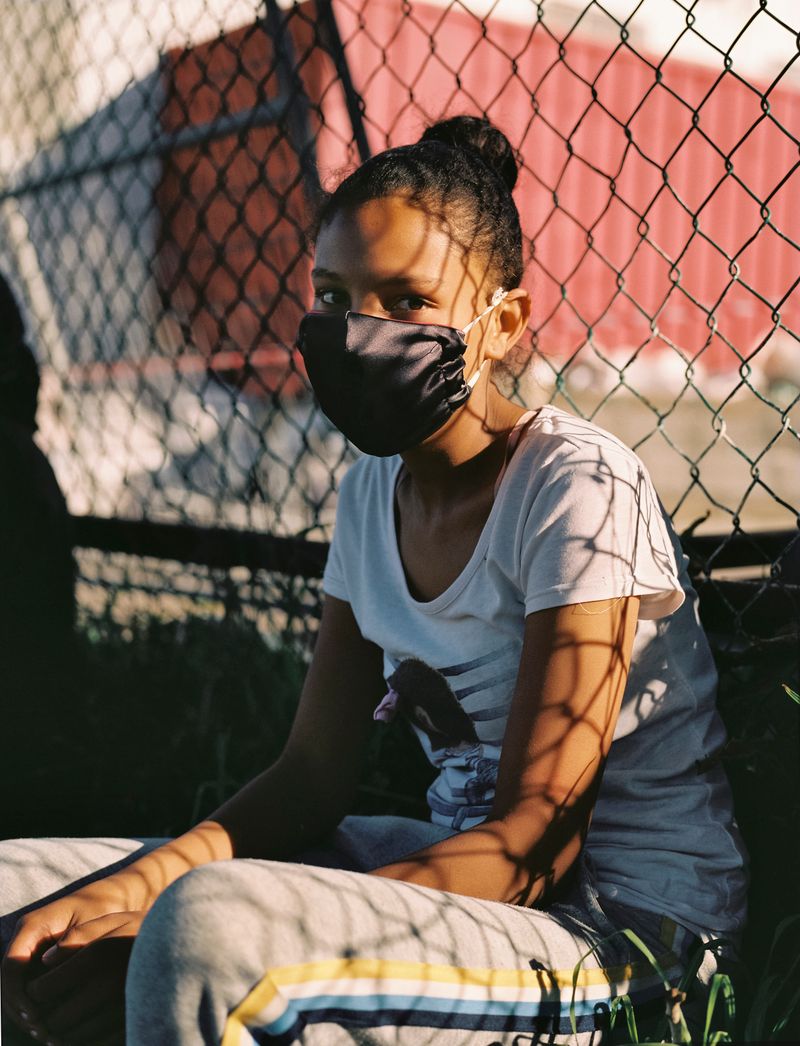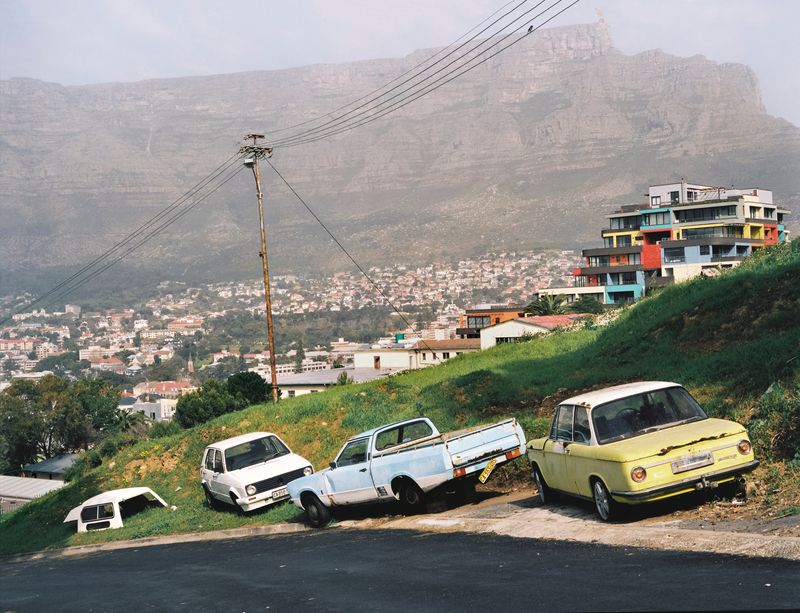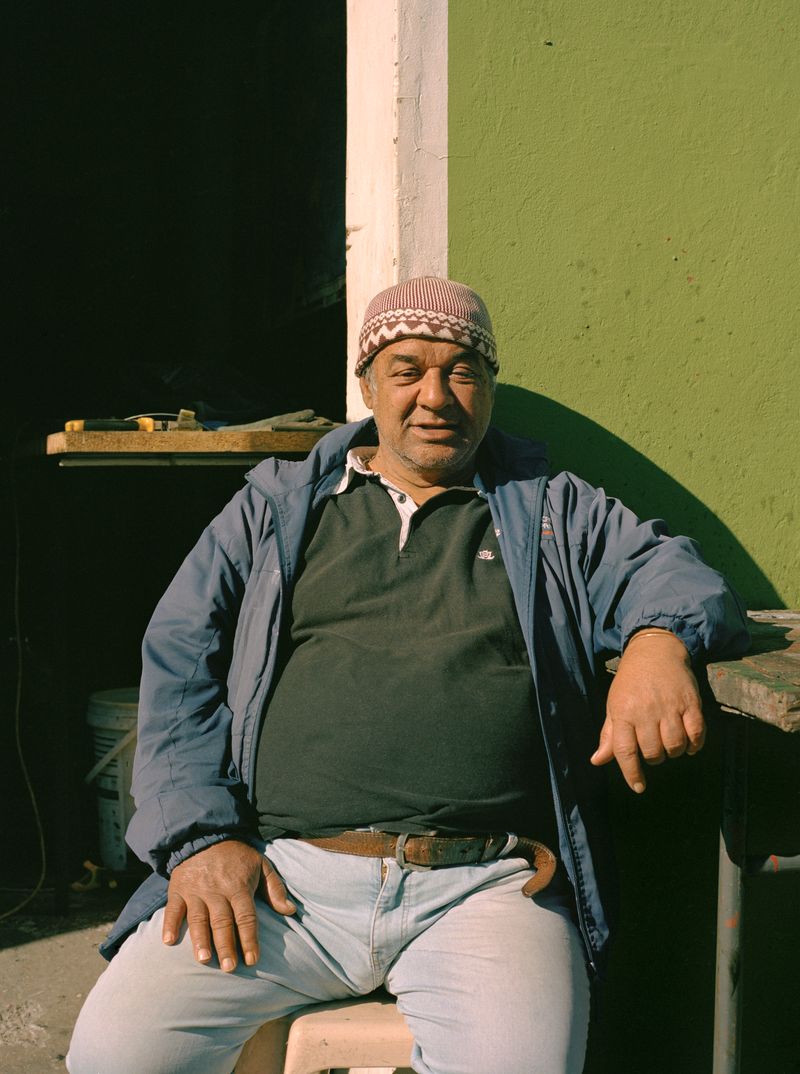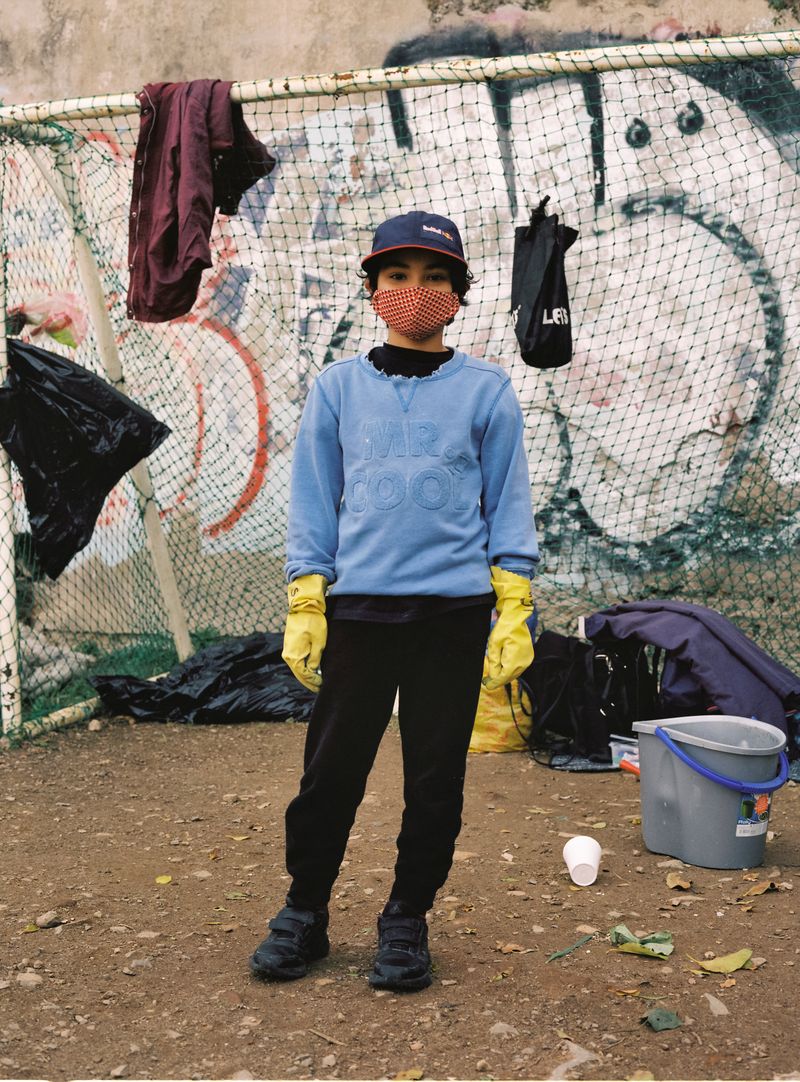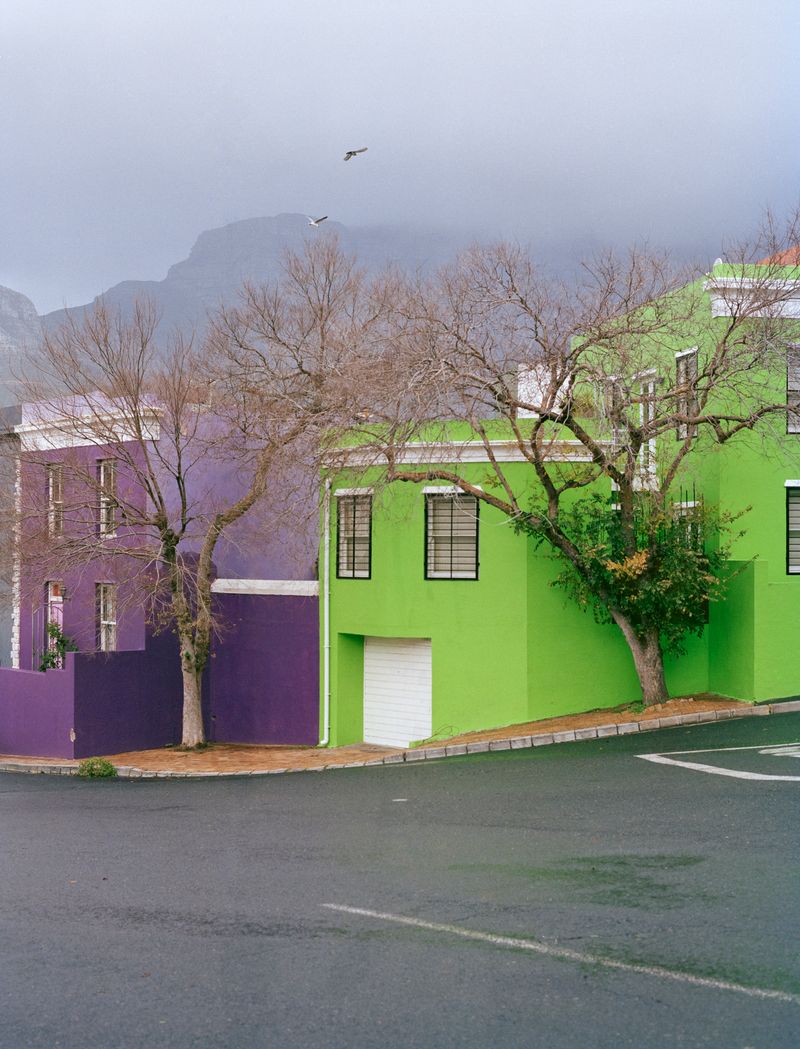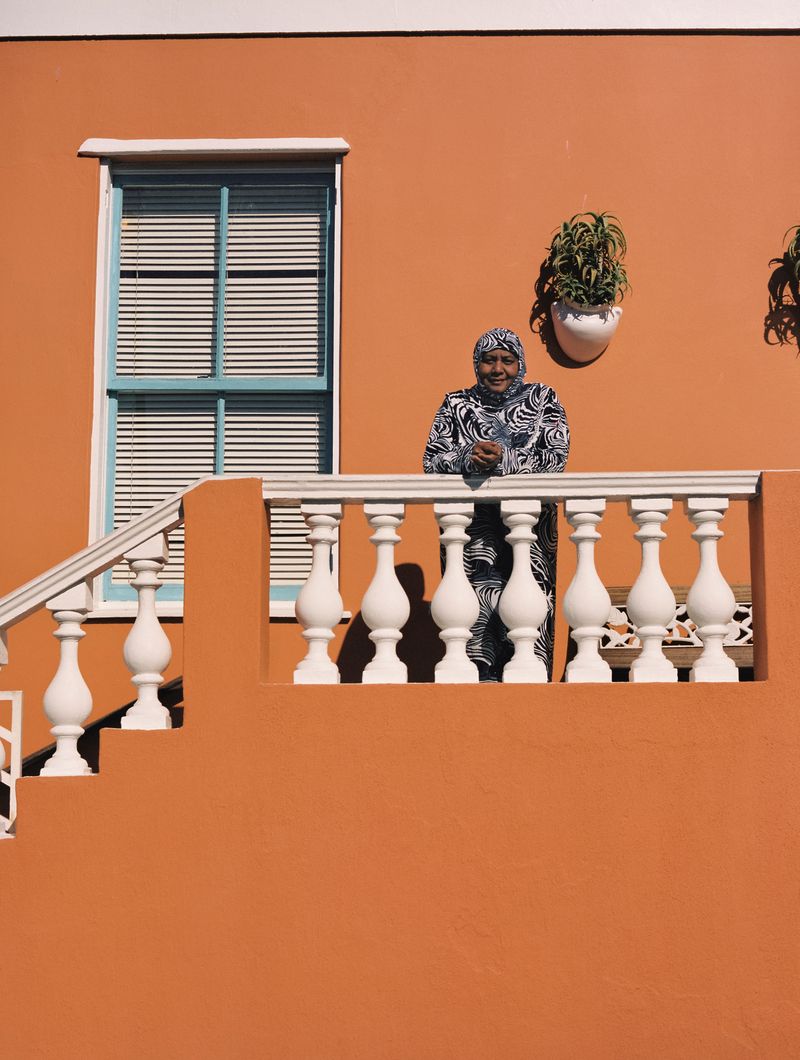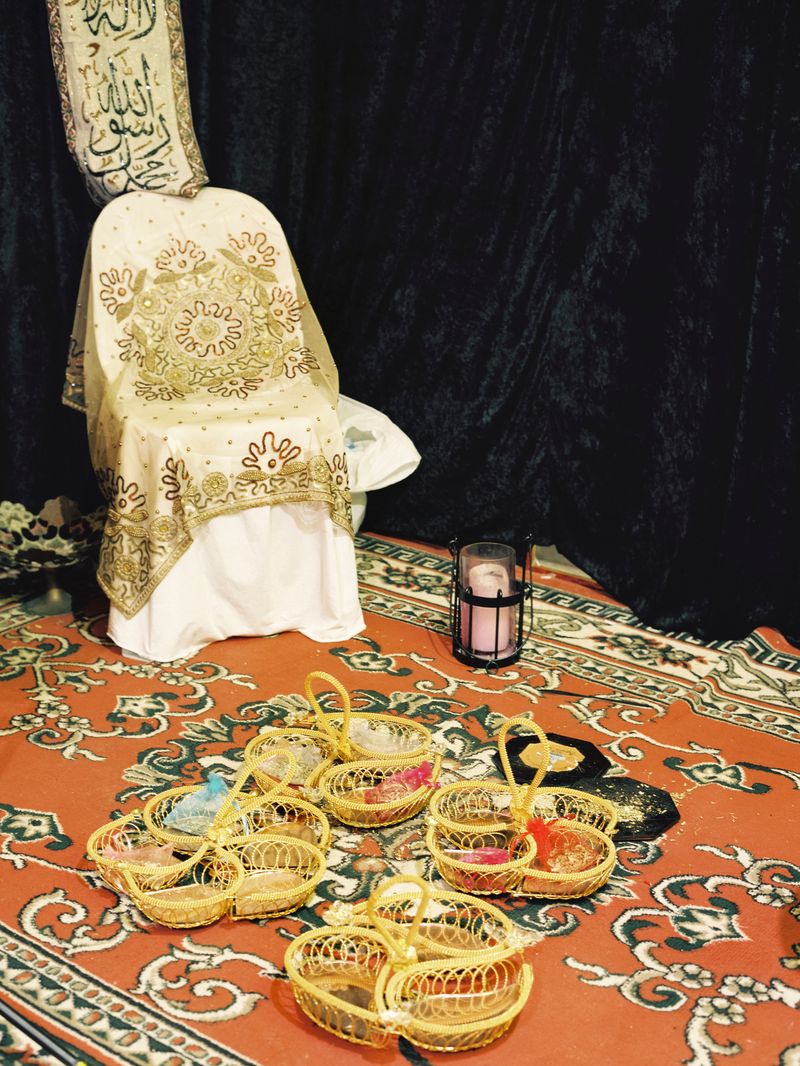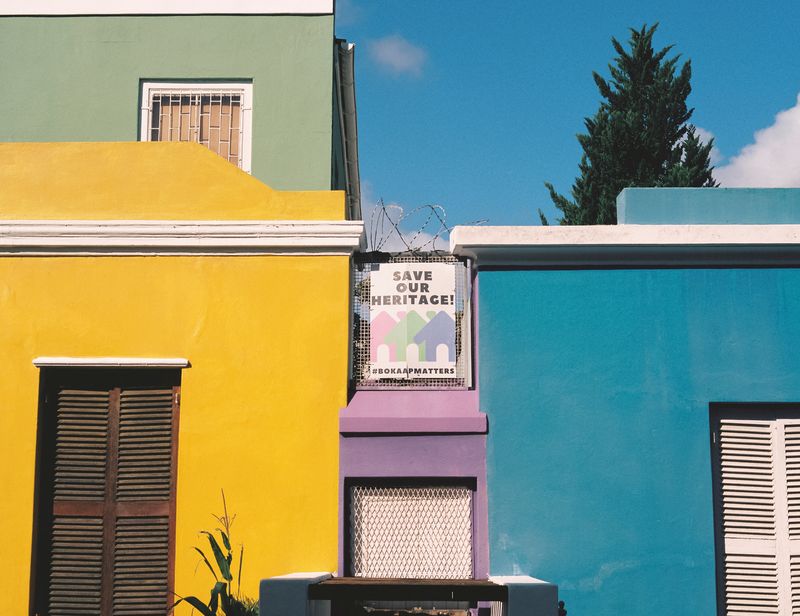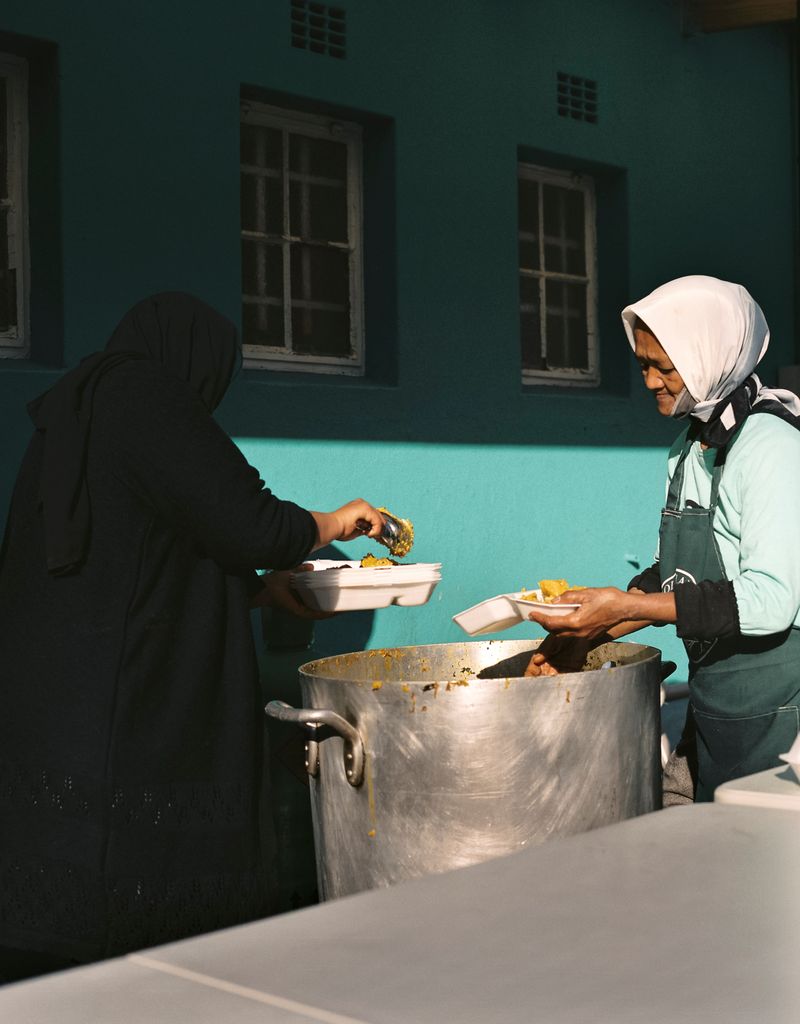The Bo Kaap Project
-
Dates2020 - Ongoing
-
Author
- Locations Cape Town, South Africa
The Bo Kaap Project serves as a contemporary time capsule of the neighbourhood’s rich cultural history and its diverse community.
When we think of what defines a home, the ideas that initially come to mind oftentimes speak to a specific geographical location or physical structure. Yet for many who are nomads, accustomed to the constant state of transition that involves moving from one country to the next, we ask ourselves: what binds a person to a place? Is it comfort? Familiarity? Or a grounded sense of faith in one’s community?
For some, the notion of a home can be traced back through one’s ancestral ties to a piece of land and certain customs that affirm one’s identity and connection to a specific group of people. For the residents of Bo Kaap, their relationship to the neighbourhood dates back to the 18th century, when their ancestors were brought as slaves from Malaysia, Indonesia, and other African countries to work under the Dutch East India Company. Stretching from the top of Signal Hill down to Cape Town’s city centre, today, Bo Kaap’s vibrantly coloured homes replace the once uniformly white palette that reflected the looming presence of the British and Dutch colonial powers. Throughout their history, the Coloured community, a multiracial ethnic group native to South Africa, has faced multiple cycles of displacement. After being uprooted from their homes abroad, and forcefully removed from District Six under the Apartheid regime during the 1950s, gentrification has become the latest threat towards the predominantly Muslim, Coloured community of Bo Kaap.
The Bo Kaap Project acts as a contemporary time capsule of the neighbourhood’s rich history. At a time when both an influx of foreign residents and the COVID-19 pandemic are endangering the livelihood of many residents, this series seeks to provide a platform of visibility that amplifies the voices of its residents and chronicles their experiences for generations to come. This work pays homage to the Bo Kaap community and the individuals that raised me through the first six years of my life. Upon returning as a young adult, I captured these individuals through familial, intimate portraits in which I hope viewers will see themselves and their family members reflected in the work. In depicting Bo Kaap as more than its mesmerizingly colorful facade and its monetary value as a point of prime real estate, I aim to elucidate outsiders to its distinct character and its residents’ strong sense of unity. The textures and colors presented play an integral role in illustrating the energy and resilience of the community. Cracked paint and multi-colored storefronts shout: We Are Here in the same way that carefully placed “Save Our Heritage” posters draw attention to the community’s fight to preserve the essence of the neighbourhood. Through individual and group portraits, and depictions of the varied landscape, this work aims to showcase how the Bo Kaap culture has evolved at the intersection of race, religion, and identity.
